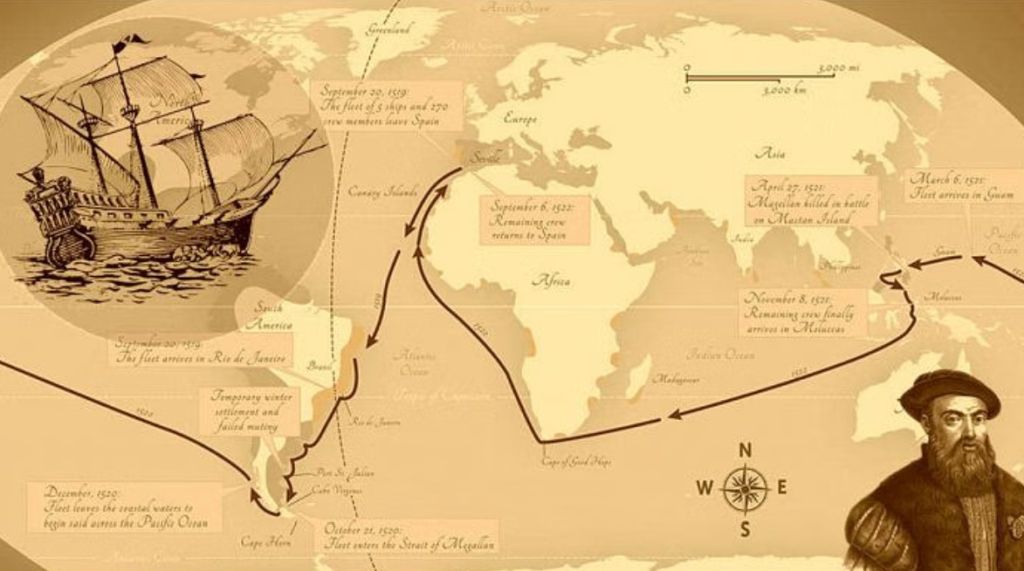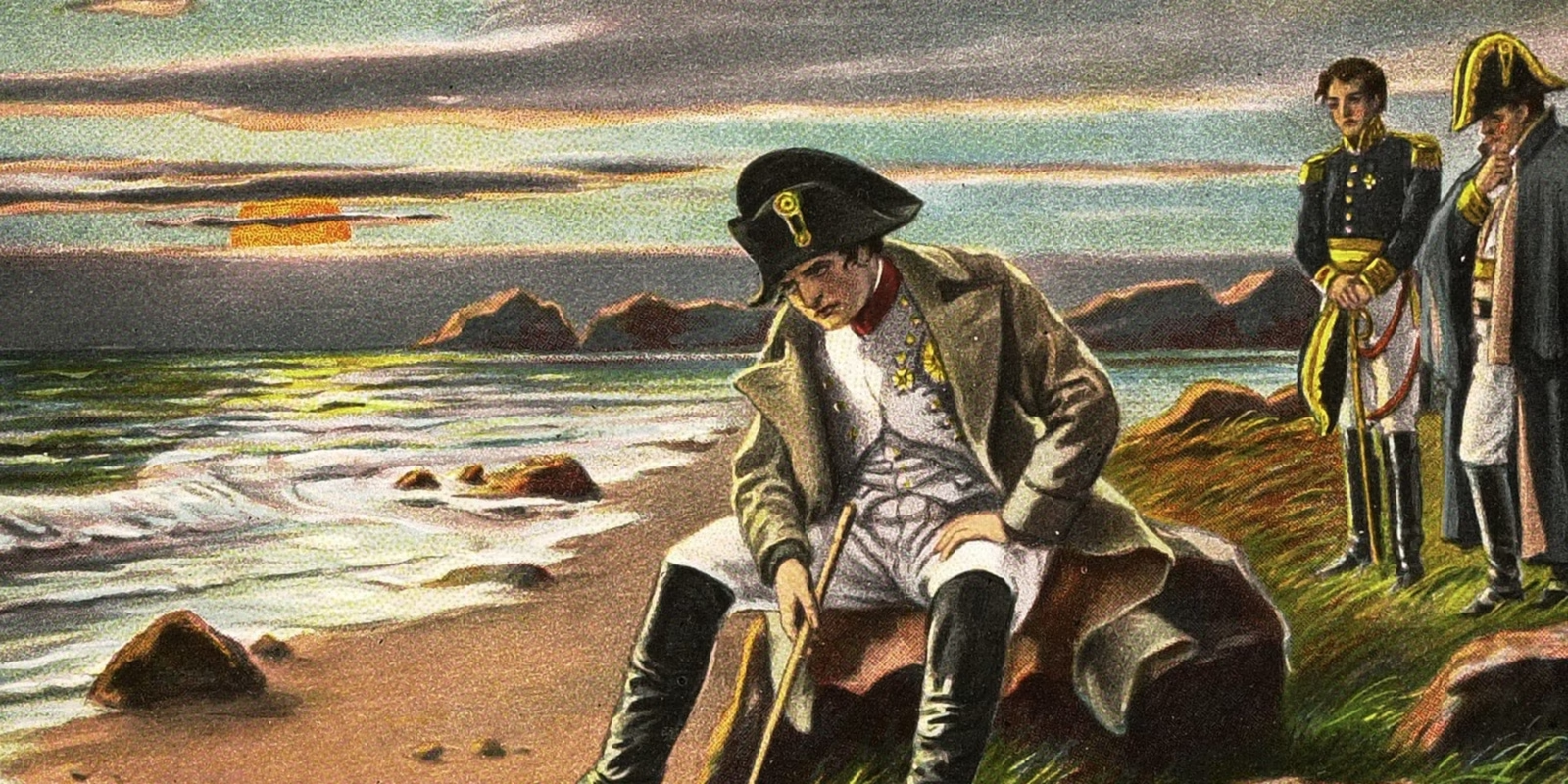History isn’t just written by the victors—it’s retold, simplified, and sometimes outright fabricated. We learn it in classrooms, absorb it from films, and repeat it at dinner parties: facts about famous figures, watershed moments, and entire civilizations. But are they true? From ancient times to the 20th century, here are some of the most persistent, widely believed lies in world history—debunked.
1. Napoleon Was Short
The myth:
Napoleon Bonaparte, France’s iconic emperor, has long been the butt of “short man” jokes and “Napoleon Complex” stereotypes.
The truth:
He was actually about 5’6″ to 5’7″—average height for an early 19th-century Frenchman. The origin of the myth? British propaganda, confusion over French and English measurements, and the later cartooning industry. Napoleon was surrounded by tall guards, making him look smaller in paintings and reports. The image of a tiny, power-hungry dictator is one of history’s most stubborn fabrications.
2. Marie Antoinette Said “Let Them Eat Cake”
The myth:
When told the peasants had no bread, Queen Marie Antoinette allegedly responded, “Let them eat cake,” exposing her cruelty and ignorance.
The truth:
There’s no historical evidence she ever said this. The phrase appeared in Jean-Jacques Rousseau’s “Confessions,” published when Marie was a child and attributed to a different royal. Later revolutionaries pinned the line on her to stoke public anger. Historians are nearly unanimous: she never uttered the infamous words.
3. The Pyramids Were Built by Slaves
The myth:
Hollywood and textbooks often show armies of slaves building Egypt’s pyramids under the whip.
The truth:
Archaeological evidence proves most pyramid workers were well-fed, respected laborers and skilled craftsmen. Many were buried in tombs near the pyramids, an honor never afforded slaves. The “slave labor” myth was largely popularized by ancient Greek historians—and later, by Western pop culture.
4. Witches Were Burned at the Stake in Salem
The myth:
The 1692 Salem witch trials ended in dozens of supposed witches being burned alive in Massachusetts.
The truth:
No one accused of witchcraft in Salem was burned. Most of the convicted (nineteen, to be exact) were hanged, while one was pressed to death by stones, and others died in jail. Burning at the stake for witchcraft happened mostly in Europe, not colonial America.
5. George Washington Had Wooden Teeth (and Chopped Down a Cherry Tree)
The myth:
The first U.S. president wore wooden dentures and once confessed to chopping down a cherry tree, saying “I cannot tell a lie.”
The truth:
Washington’s dentures were made of animal and human teeth, ivory, and metal—but never wood. The infamous cherry tree story? A total fabrication by an early biographer hoping to boost Washington’s image as morally perfect.
6. Columbus Proved the Earth Was Round
The myth:
People—including “learned men”—thought the Earth was flat until Columbus sailed to the Americas, “proving” it was round.
The truth:
Educated Europeans had known the Earth was spherical for centuries before Columbus. Ancient Greeks calculated the planet’s circumference to remarkable accuracy. The real debates in Columbus’s time involved the size of the Earth and the distance to Asia—not its shape.
7. Medieval People Rarely Lived Past 30
The myth:
People in the ancient and medieval worlds rarely made it past age 30 or 40, dying young and fragile.
The truth:
Those low “life expectancy” numbers mostly reflect high rates of infant and child mortality. If someone survived childhood, living into their 50s or 60s was very common—even up to 70 or 80 wasn’t a rarity. The idea that everyone died young is misleading.
8. Vikings Wore Horned Helmets
The myth:
Vikings are pictured invading Europe in wild horned helmets.
The truth:
No archaeological evidence supports this. The iconic horned helmet was popularized by 19th-century opera costumes, not real Viking headgear. Actual Viking helmets were functional, designed for battle—not the bull-adorned costumes of fantasy.
9. The Great Wall of China Is Visible from Space
The myth:
Astronauts can see the Great Wall of China with the naked eye from space.
The truth:
This is false. The Wall is generally too narrow—and built from local material that blends into the landscape—to be easily seen, even from low Earth orbit. Spacewalking astronauts have confirmed it’s basically invisible without aid.
10. Einstein Failed Math as a Child
The myth:
Albert Einstein struggled in school, even failing math as a youth.
The truth:
Not only did Einstein excel in math and physics, but he was years ahead in most subjects. The myth comes from a misunderstanding about grading systems—not actual academic performance. The “Einstein failed math” trope is pure legend.
11. Gladiator Battles Were Always Fought to the Death
The myth:
Roman gladiators were doomed to die in every match, fighting to the last breath.
The truth:
Most gladiators were too valuable to be killed so casually. Many matches ended without death—combatants were professionals with fans and could even win their freedom. The “fight-to-the-death” image was shaped by Roman pop spectacles and later, by Hollywood.
12. “Let Them Eat Cake”—A Misattribution
As with many persistent stories, some misquotes turn into history’s most enduring lies. “Let them eat cake” (or “brioche”) was not uttered by Marie Antoinette but likely misattributed by later authors and revolutionaries—one of many examples where myths supplant reality.
13. The Taj Mahal’s Builders Were Mutilated
The myth:
Shah Jahan ordered the hands of workers or architects cut off to ensure the Taj Mahal could never be duplicated.
The truth:
No credible historical sources support this. The myth likely began in colonial times and is repeated without documentary evidence.

14. Magellan Circumnavigated the Globe
The myth:
Ferdinand Magellan was the first to sail around the world.
The truth:
Magellan began the voyage, but he was killed in the Philippines. Only one ship and a fraction of the crew, under Juan Sebastián Elcano, completed the circumnavigation.
15. The Titanic Was Labeled “Unsinkable”
The myth:
The Titanic was famously described as “unsinkable” before it set sail.
The truth:
The word “unsinkable” was used, but rarely and with qualifications. Much of the legend comes from survivor accounts and media coverage after the tragedy—not a claim made by the shipbuilders or White Star Line as absolute fact.
Conclusion
Sometimes, the stories we hear are simple, comforting, or dramatic—perfect for teaching lessons or stoking national pride. But real history is messy, ambiguous, and subject to error, mythmaking, and deliberate manipulation. The biggest lies in world history endure because they’re repeated everywhere, not because they’re true. Next time you share a “historical fact,” check if you’re telling a story or passing on a legend—because sometimes, the real tale is more fascinating than the myth.
References / Sources
- Wikipedia – List of common misconceptions about history: https://en.wikipedia.org/wiki/List_of_common_misconceptions_about_history
- History Guild – History’s Greatest Misconceptions Debunked: https://historyguild.org/historys-greatest-misconceptions-debunked/
- Love Exploring – 25 history ‘facts’ that are completely untrue: https://www.loveexploring.com/gallerylist/305562/25-history-facts-that-are-completely-untrue
- Buzzfeed – Historical Myths Debunked With Truth: https://www.buzzfeed.com/briangalindo/historical-myths-debunked-with-truth
- HowStuffWorks – 10 Historical Misconceptions: https://history.howstuffworks.com/history-vs-myth/10-historical-misconceptions.htm
- Listverse – 10 History Myths Still Taught As Fact: https://listverse.com/2017/08/22/10-history-myths-still-taught-as-fact/










Leave a comment